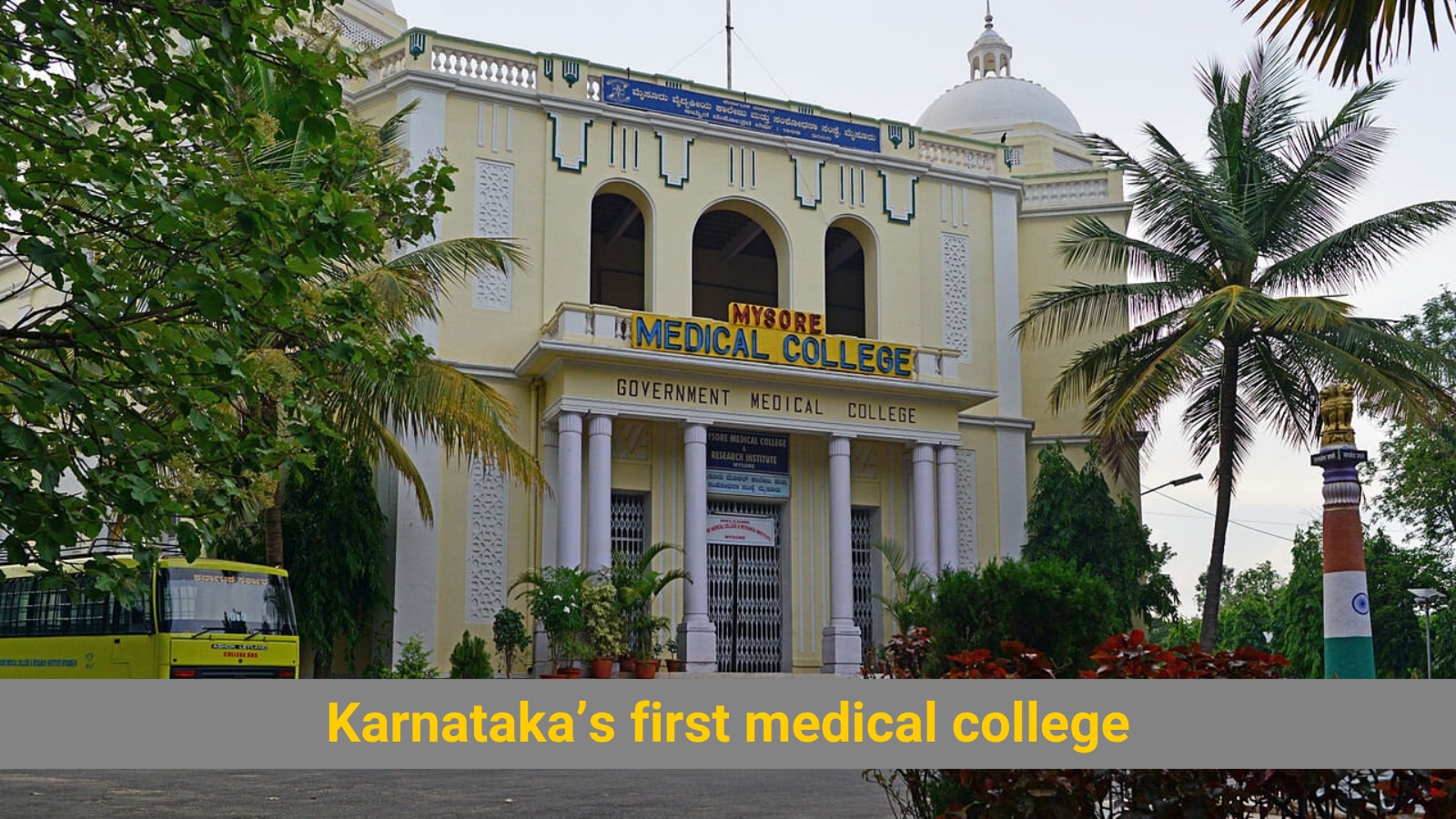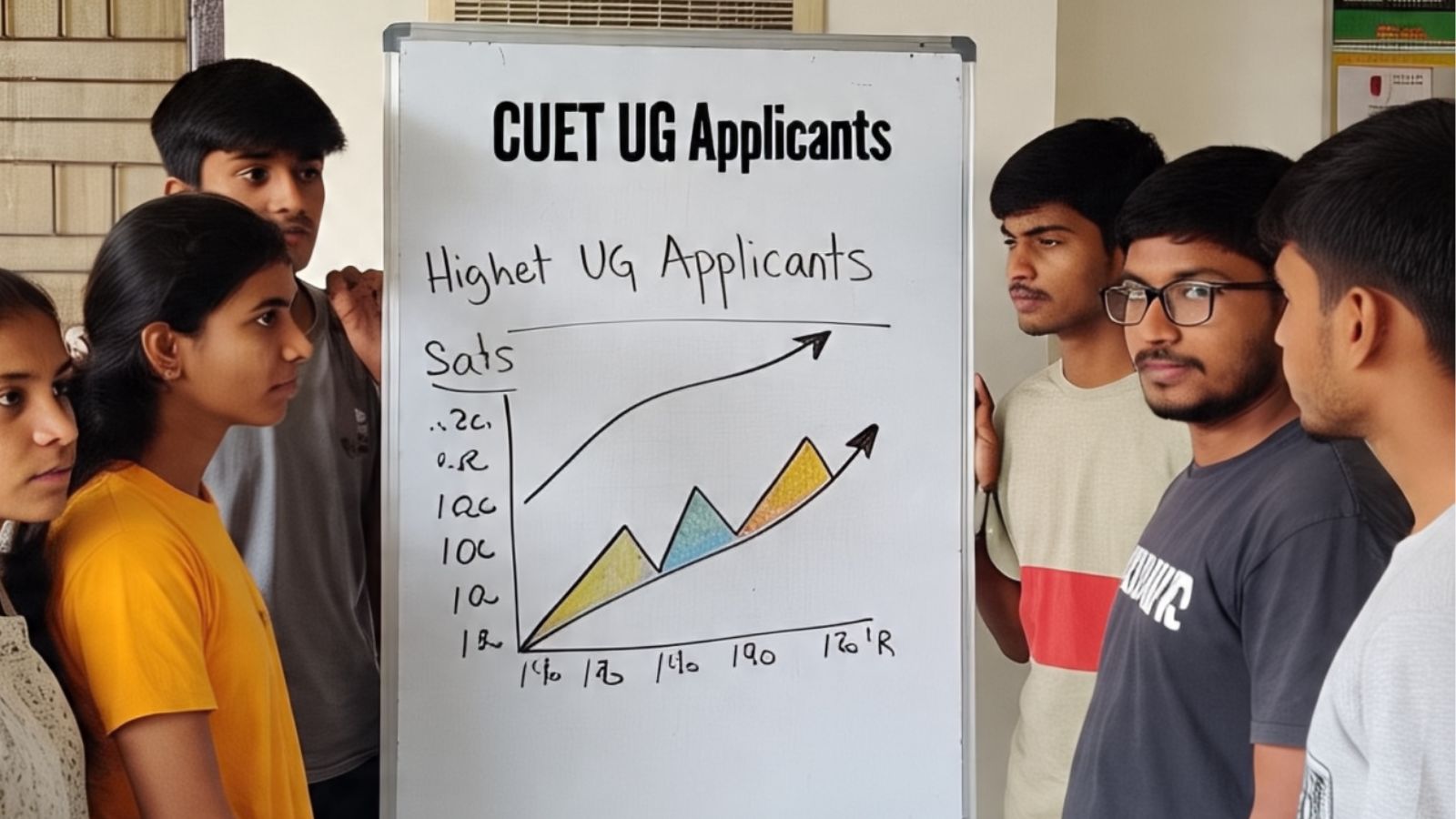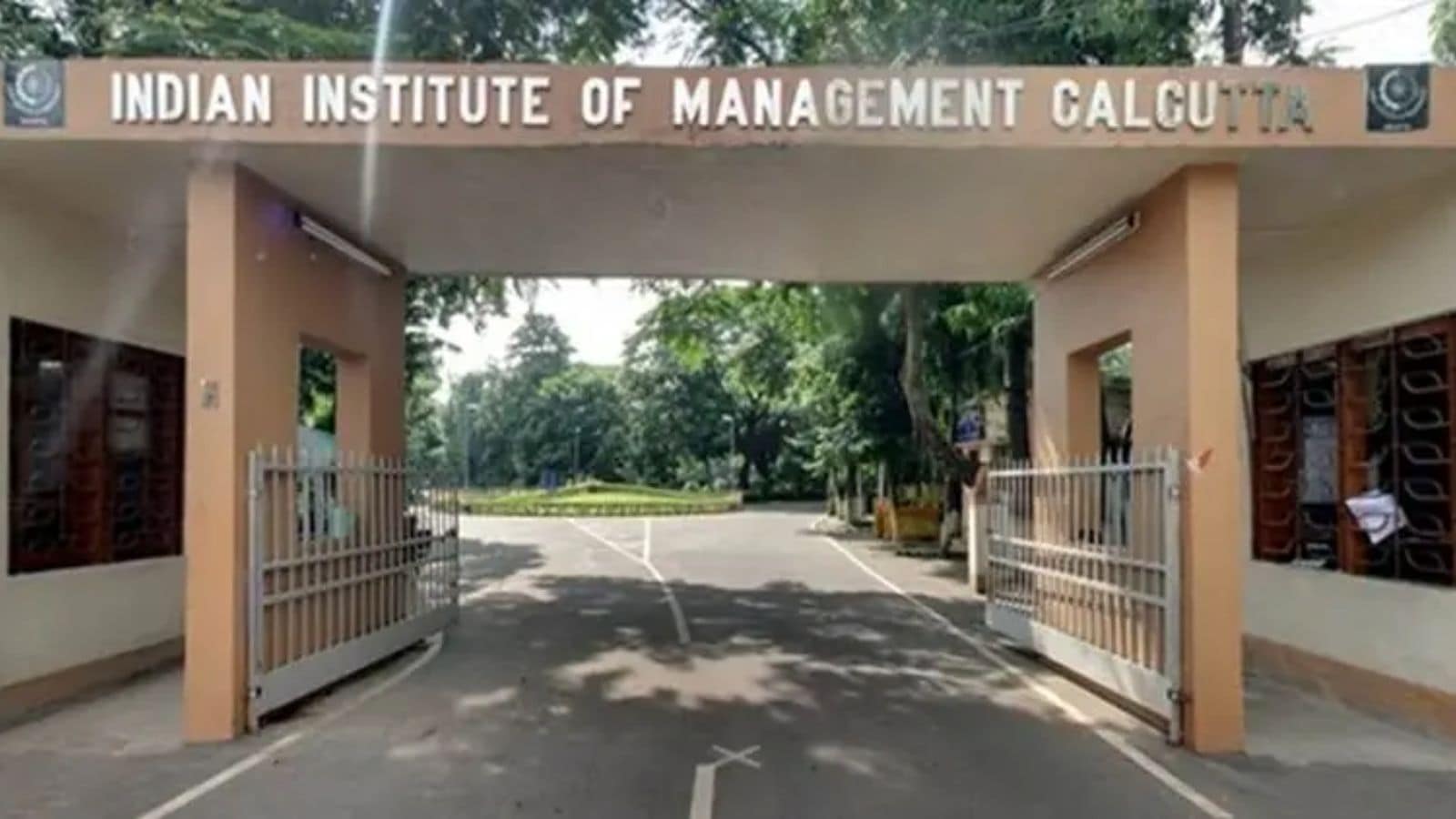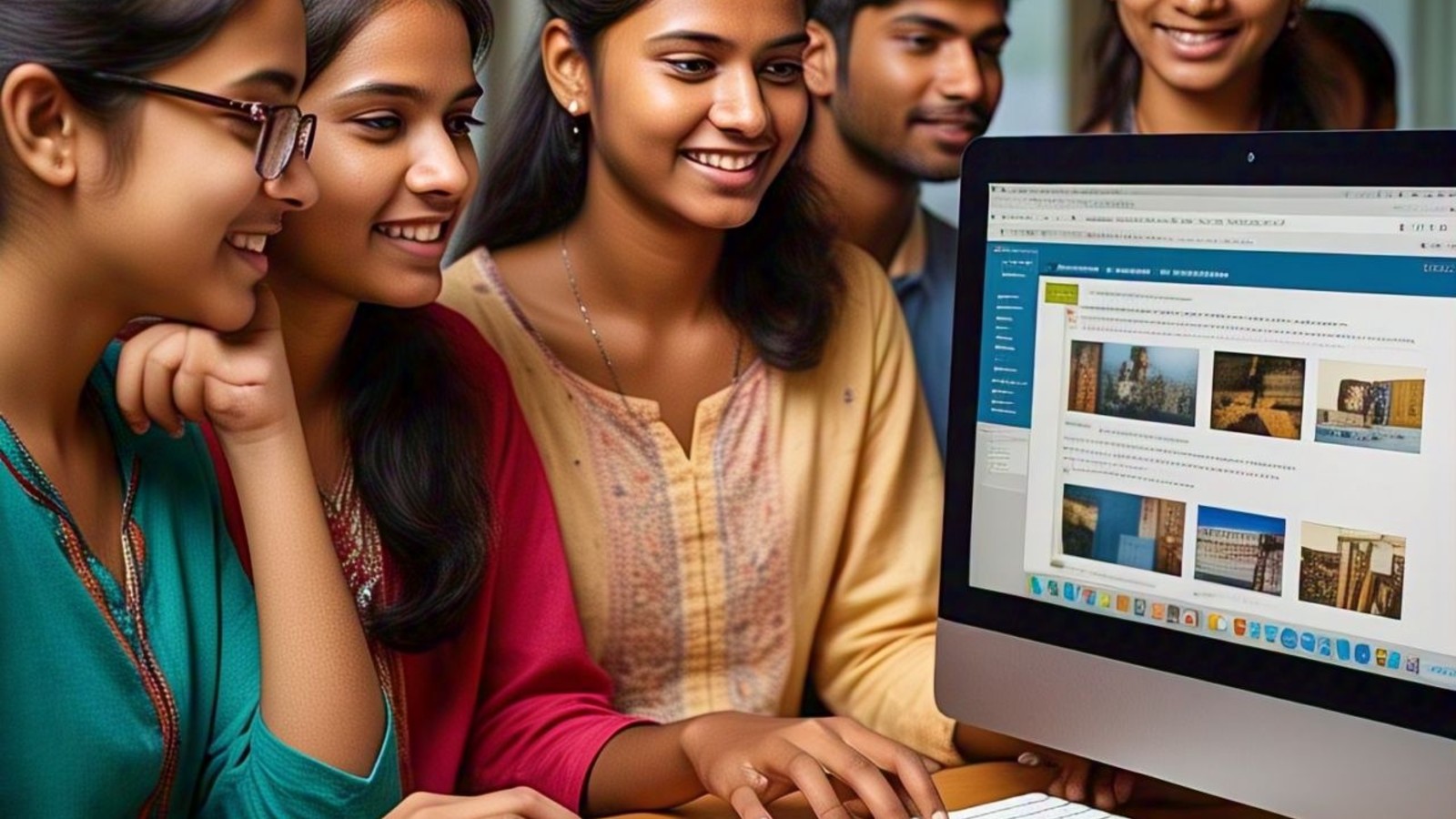Mysore Medical College and Research Institute (MMC&RI), located at the centre of Mysuru, is known to be Karnataka’s first and oldest medical college. Established in 1924, it was among the earliest institutions of its kind in India and still remains a popular choice for medical education and public health in the state.
The roots of medical education in Karnataka trace back to the princely rule of the Wadiyars. In 1833, Maharaja Krishnaraja Wadiyar III initiated Western medicine services in the Mysore region by setting up a “Vaidyashala” or medical school. Over the next few decades, the Mysore Samsthana expanded medical services with dedicated centres for leprosy patients in 1845 and those with mental health disorders by 1850.
History and legacy
The formal evolution into a medical college began in 1917 when a medical school near Victoria Hospital in Bangalore started training Licensed Medical Practitioners (LMPs). In June–July 1924, this was upgraded into a full-fledged medical college, the first in any princely state of India at the time. Initially operating in Bangalore, the college was relocated to Mysore in 1930 at the insistence of Maharaja Krishnaraja Wadiyar IV, despite resistance from the medical fraternity.
Mysore Medical College and Research Institute holds a unique place, being the only medical college in Karnataka until 1952.
Initially, the college was temporarily housed at the Chamarajendra Technical Institute. In its Mysore phase, it came to be known as the University Medical College (UMC). Dr JF Robison, a British surgeon and a Fellow of the Mayo Clinic, was appointed its first principal after the move. He also served as the palace surgeon and superintendent of Krishnarajendra Hospital.
Courses offered and affiliation
Today, MMC&RI offers a full range of undergraduate and postgraduate medical programmes. It admits 150 students annually to its MBBS course through the National Eligibility cum Entrance Test (NEET-UG). In addition, the college offers above 120 seats in MD, MS specialisations, with half of these falling under the All India Quota through NEET-PG.
The college was initially affiliated with the University of Mysore, but after the formation of Rajiv Gandhi University of Health Sciences (RGUHS) Bengaluru, in 1996, it has functioned under the latter’s academic umbrella.
Admission process and domicile policy
Story continues below this ad
Admissions to MMC&RI are made entirely based on merit through NEET scores. For undergraduate MBBS admissions, candidates need to qualify NEET-UG and participate in the Karnataka state counselling process conducted by the Karnataka Examinations Authority (KEA). Approximately 50% of MBBS seats are reserved for Karnataka domicile candidates under the state quota, while the remaining seats are filled through the All India Quota.
As a government medical college, the fee structure remains highly subsidised. The tuition fee for MBBS students under the general category is significantly low, making it one of the most affordable medical colleges in India. For detailed course-wise fee structures, interested can check the official website.
Teaching hospitals and infrastructure
MMC&RI operates in close collaboration with two major hospitals: Krishnarajendra Hospital (KR Hospital) and Cheluvamba Hospital.
KR Hospital, constructed in 1927, began as a 100-bed general hospital equipped with modern facilities for that time. It has since expanded to provide multi-speciality services and serves as the main teaching hospital for clinical training.
Story continues below this ad
Cheluvamba Hospital, originally established in 1889 and later expanded in 1939, caters exclusively to women and children. With reports estimating over 400 beds and extensive gynaecological and paediatric services, the hospital reportedly handles more than 40 childbirths daily and includes critical units like the Neonatal Intensive Care Unit (NICU).




